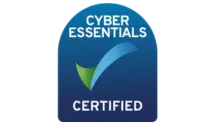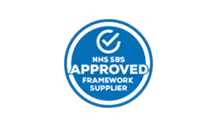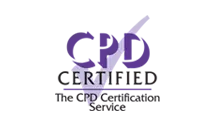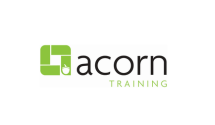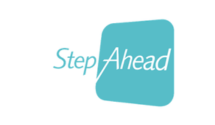Sage compliance training
KBM is a perfect place for learning HMRC tax compliance using Sage software. All businesses must be in HMRC compliance for paying the correct tax amount. At KBM, we will provide you with an opportunity of learning about taxation and accounting practices. Our chartered accountants will help you at our actual accountancy workplace. It will make you capable of performing tax compliance effectively.
We have designed a Sage Compliance practical training course to teach you and understand taxes payment correctly. You will also discover how Sage accounting software helps you in HMRC compliance.
All businesses and individuals in the UK ensure the proper tax amount paid to HMRC and correct amount benefits claiming. You also need to keep yourself up to date with the latest rules so a business stays compliant with the law without any penalties. The tax compilation includes your:
- Tax payment
- Tax and accounts calculation
- Self-assessment tax return
- Company tax return
- PAYE returns and records
This Sage compliance course will help you learn about the following:
- Corporation tax: This tax applies to limited companies’ taxable profit or income.
- Value Added Tax (VAT): VAT applies to goods and services which needs return submission to HMRC.
- National Insurance: This is about a deduction from all employees’ income. In the case of a sole trader, it needs to pay it on business profits.
- Pay As You Earn (PAYE): It takes income tax from employees as they earn.
- Real-Time Information (RTI): RTI is about submitting your payroll data each month at the time of payment to your employees.
- Self-assessment: It is about other income outside your wages. You need to inform through your self-assessment tax return for HMRC compliance.
- You will also gain an understanding of employers PAYE and National Insurance contributions, and Corporation tax.
Sage provides an excellent record-keeping system for your business. Using Sage accounting software will help you in proper record keeping, including:
- Sales and takings
- Cash receipts
- Purchases and expenses, including cash purchases
- VAT sales and purchase invoices
- Import and export documents
- Delivery notes
- Payments to subcontractors for work and materials
- Details of assets, liabilities, income and expenditure
- Bank statements
- Purchases and sales information
- Paying-in slips, accounts books





